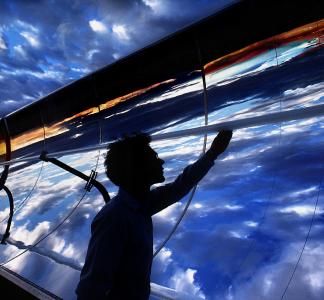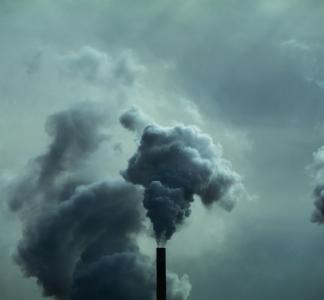We need to transition from dirty to clean energy. Here's why.
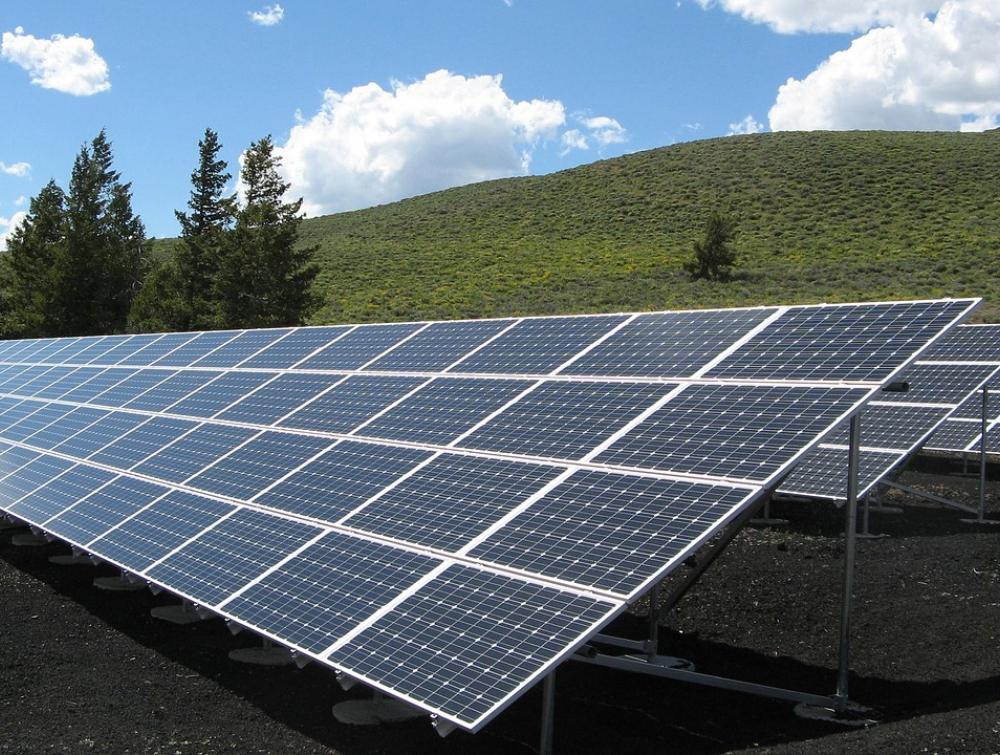
Public lands have rich solar energy potential, and smart from the start planning is critical to ensuring renewable energy happens responsibly, in ways that protect ecological, cultural and other community values.
Top questions (and answers) about renewable energy
What’s not to love about renewable energy? Wind turbines, solar panels and geothermal plants harness natural elements and transform them into clean energy. They emit virtually no air pollution or climate change emissions. And their supply is unlimited – all it takes to generate power is for the sun to shine and the wind to blow.
But nobody’s perfect. Large renewable energy projects require a significant amount of space. And sometimes projects are proposed in wildlands that have other important uses – wildlife habitat, pristine landscapes and areas of cultural importance.
It may seem like an impossible conundrum. We need renewable energy for a cleaner, more sustainable future. But we also need to protect rich wildlands and wildlife for future generations. The good news is that we can do both with careful planning, smart policies and mitigation that offsets environmental impacts.
Here are frequently asked questions about where and how to build renewable energy:
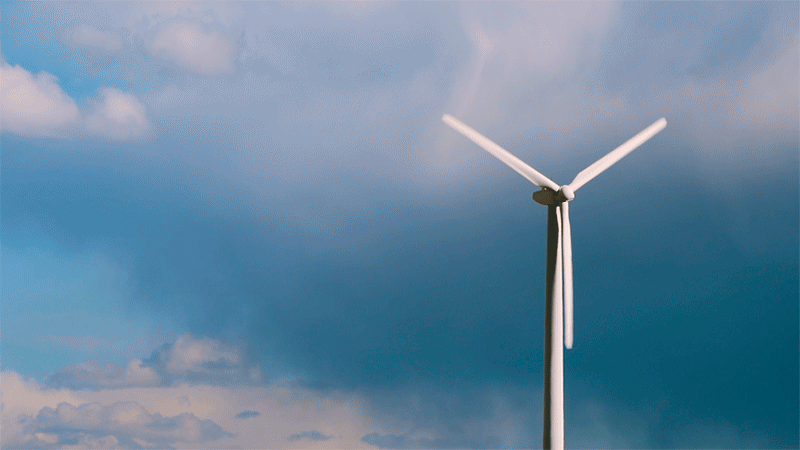
1. Is renewable energy bad for the environment?
The short answer is that renewable energy is good for the environment. But we need to be careful about where and how we build it.
When compared to fossil fuels, renewables are much greener. Oil, gas and coal use can lead to air and water pollution, land degradation and dirty emissions that drive climate change. Renewables, on the other hand, release very small amounts of pollution and emissions, mostly tied to their manufacturing, construction and maintenance.
The contrast is striking. Burning coal releases into the air up to 3.6 pounds of greenhouse gases that lead to climate change for every kilowatt-hour of energy (CO2E/kWh). In the meantime, wind power emits only 1 percent of that amount.
However, renewables can have other environmental impacts when placed in inappropriate places. Massive wind turbines, vast solar energy farms and geothermal energy plants can disturb wildlands and wildlife. The key to minimizing those risks is carefully planning their location and mitigating environmental impacts.
There are plenty of success stories. In Florida, solar industry and environmental groups came together to create solar sanctuaries – solar farms that respect the environment. The projects are placed away from wetlands and important animal habitats like the gopher tortoise. They also include new vegetation around the solar panels that benefit pollinators and other wildlife.
2. Are wind turbines dangerous to birds?
Wind turbines and birds sharing the skies makes a lot of people nervous.
The American Wind Wildlife Institute (AWWI), an independent science-based nonprofit collaborative between the wind industry and conservation/science organizations, recently completed a thorough analysis to better understand the impacts of wind energy on birds. Researchers analyzed data collected from 4,340 wind turbines over a period of 15 years. The research confirmed what has already been well-documented: Wind turbines cause far fewer bird fatalities than other human-caused sources such as bird collisions with buildings and communications towers.
In any case, as we scale up wind energy, we must strive to make wind power as safe as possible for birds. And there are many ways to do that. The most important step is to plan new wind farms away from migration routes and important habitat areas. Technology can also help.
Artificial intelligence is already being used to identify golden eagles and other key birds flying in the area and temporarily halting wind turbines for their safety.
Investing in safe wind turbines is key to both conservation and clean energy efforts – especially when we consider that wind energy can help to tackle climate change, one of the biggest threats to birds and wildlife in general.
3. How much land would it take to power the country with solar energy?
Imagine the state of West Virginia, approximately 13 million acres of land, covered in solar panels. That’s how much land we would need to power the country with solar energy. Even with widespread rooftop solar, we would still need large-scale solar farms to reach that goal.
The good news is that the United States is a big country and there’s plenty of space for solar farms. But we have to be careful where they are placed in order to preserve wildlands and wildlife. The best places are the ones already developed and near transmission lines and roads.
A great example is the Dry Lake solar zone. The solar farm near Las Vegas, Nevada, powers 46,000 homes but had a relatively low environmental impact. It was built in an area already affected by industrial facilities, old mining sites and multiple transmission lines. The existing infrastructure also helped to speed up the project.
4. Does geothermal energy use too much water?
The secret to geothermal energy lies deep within the Earth’s crust. Heat stemming from the planet’s formation is brought to the surface and used to generate electricity. Currently, only 0.4 percent of the country’s power comes from geothermal sources, but it’s seen by experts as having great potential.
One concern about geothermal plants is that they require a lot of water to function. Hot water, steam or geothermal fluids are extracted from underground, and their heat is used to spin turbines that generate electricity. For some projects, water is also used in the cooling down of these turbines.
The truth is that all geothermal plants in operation today re-inject at least some geothermal fluids back into the earth at the end of that process. Technology can also minimize water use. Through the method of “dry-cooling” turbines are cooled down with air instead of water. It is important that projects are designed to preserve our precious water resources as much as possible.
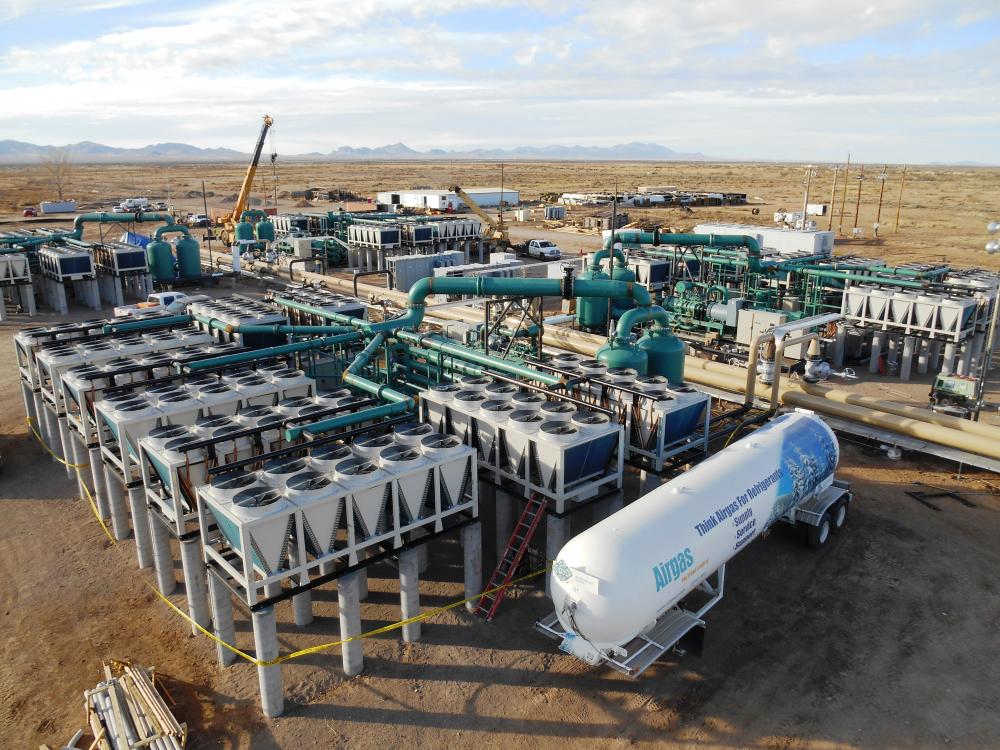
Geothermal plants transform the Earth's internal heat into clean energy
BLM New Mexico
5. Is it a good idea to build renewables close to where people live?
Some people love the idea of renewables in their backyards. They don’t pollute the air, help the fight against climate change and symbolize a more sustainable future. Others are not as excited, possibly because of how they look and potential risks to human health.
But for every homeowner who complains that they don’t like seeing a big turbine on the horizon, there is someone who points out wind farms are much more aesthetically pleasing than pollution-belching coal-fired power plants. And though the purported health concerns surrounding renewable energy get a lot of coverage, some of the most-cited complaints are scientifically dubious or may be motivated by the power of suggestion.
Either way, community concerns should always be considered when renewable energy development is proposed nearby.
This is especially true when projects are proposed near low-income communities or those predominantly made up of people of color—populations that are disproportionately impacted by development and environmental degradation.
6. What is the best possible place to build wind, solar and geothermal energy projects?
A lot of land across the country has already been disturbed by some kind of development – mining, landfills and other activities. We can’t go back in time to prevent the damage that has been done and these areas are often too devastated for a full recovery.
But they can have a second life as a renewable energy site. According to the Environmental Protection Agency (EPA), as much as 43 million acres of land in the U.S. fit into that category and would be the perfect place for renewables.
Nevada could take the lead on transforming old mining sites into renewable energy plants. The move is a win-win-win. Mining companies can find new use for old mines. Clean energy companies benefit from existing infrastructure for new projects. And conservationists protect habitats that might otherwise be considered for energy development.
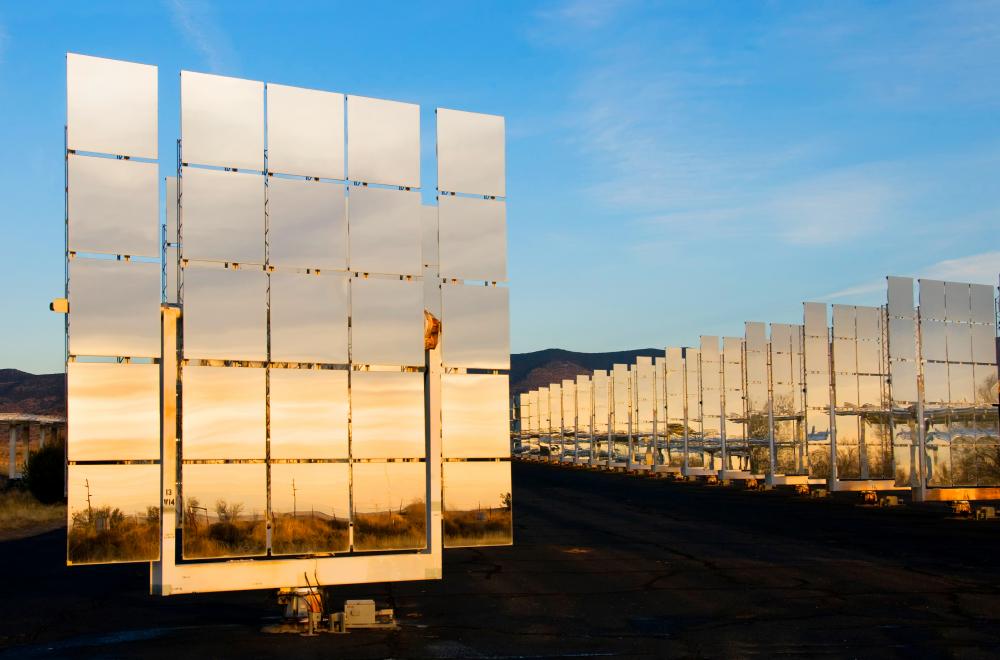
“Smart from the start” responsible development is crucial
Randy Montoya, Sandia Labs/Flickr
Let’s get this right
There’s no way around it. We need to transition from dirty to clean energy to protect the environment, human health and curb the climate crisis. And we’ve been making strides in the right direction. In the past 10 years, the country has doubled its capacity to produce clean power and currently nearly 10 percent of all electricity generated comes from solar, wind and geothermal.
As we move forward, we need to make sure renewables are being built in the right places, limiting impacts to sensitive wildlands and wildlife.
That is true especially when it comes to our shared public lands. Some of our nation’s best solar, wind and geothermal resources are found on public lands. But they also hold some of our most precious landscapes – including habitat for iconic wildlife and untouched wildlands.
A bipartisan bill is one important way to help advance responsible renewable energy projects on our public lands. The Public Land Renewable Energy Act (PLREDA) was recently introduced in the House of Representatives by Congressmen Paul Gosar (R-AZ) and Mike Levin (D-CA) and in the Senate by Senators Martha McSally (R-AZ) and Martin Heinrich (D-NM). The bill plans to identify the best places for wind, solar and geothermal plants and direct revenues from development to counties, states and a conservation fund.
By carefully choosing the best sites and expanding responsible renewable energy development on public lands, we can help to boost local economies, provide new job opportunities across a range of skill levels and generate additional revenue streams for states, all while protecting our most sensitive lands.
